What Is an End Dump Trailer?
End dump trailers, crucial in construction, mining, and agricultural sectors, are specialized vehicles designed for efficient dumping of loose materials like gravel, sand, and soil. With a hydraulic lift mechanism that raises the trailer bed vertically, they offer optimal unloading capabilities by allowing loads to spill out from the rear.
How Many Tons Can an End Dump Trailer Hold?
The capacity of an end dump trailer is contingent on several factors including the specifications of the trailer, the type of material being transported, and regional regulations. Typically, the capacity of end dump trailers ranges from 15 to 35 tons, though it varies greatly based on design and purpose.
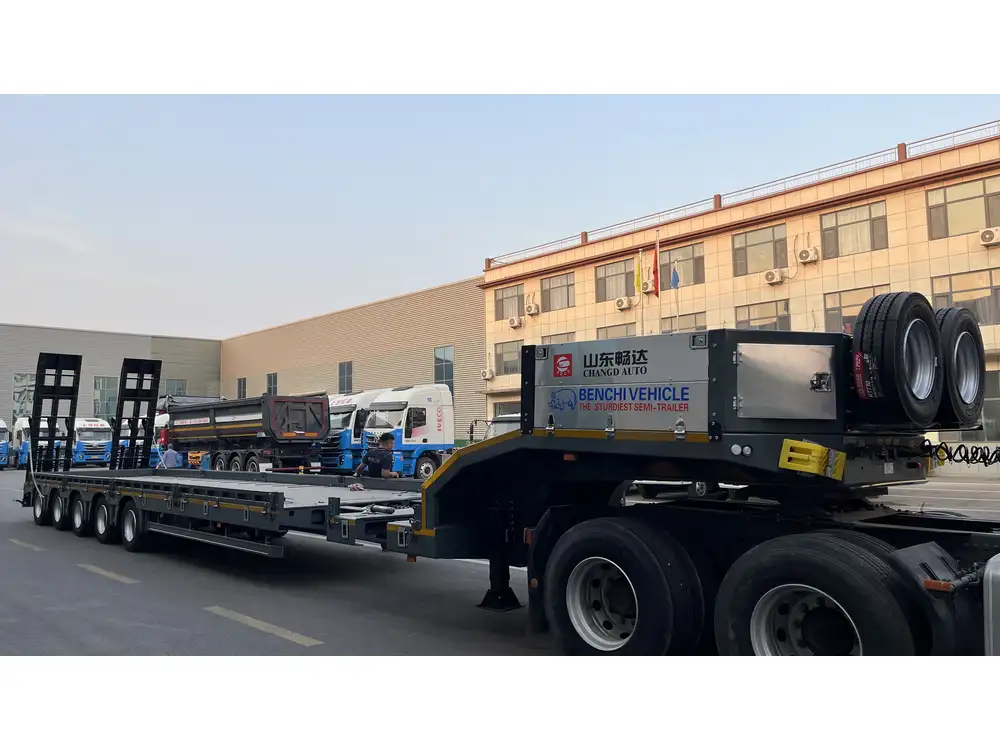
Factors Influencing Load Capacity
Trailer Specifications:
- Length: Standard lengths vary, with common sizes of 16, 20, and 24 feet. Longer trailers generally have higher capacities.
- Width: Most end dump trailers conform to standard widths of 102 inches.
- Material and Design: The construction material (steel vs. aluminum) affects weight and, thus, payload capacity.
Weight of the Load:
- Material Density: For instance, sand is denser than gravel. Therefore, you can carry a lower weight of sand compared to gravel for the same volume.
Regulatory Limits:
- State and Federal Regulations: Load limits may differ based on local laws, which often limit the maximum permitted weight on public roads.
Tire Rating:
- Tires used on an end dump trailer must support the intended loads. Proper tire ratings are essential for safe operation and maximum loading efficiency.
Load Capacity Tables
| Type of Material | Density (lbs/ft³) | Volume (ft³) | Total Weight (tons) |
|---|---|---|---|
| Gravel | 100 | 16 | 8 |
| Sand | 120 | 16 | 9.6 |
| Dirt | 90 | 16 | 7.2 |
| Clay | 105 | 16 | 8.4 |
Example Calculation
For a 20-foot end dump trailer, if we are loading gravel (density = 100 lbs/ft³):
- Volume = Length x Width x Height (assuming height of 3 ft)
- Volume = 20 ft x 8.5 ft (standard width) x 3 ft = 510 ft³
- Total Weight = Volume x Density = 510 ft³ x 100 lbs/ft³ = 51,000 lbs
- In tons = 51,000 / 2,000 = 25.5 tons
Thus, a 20-foot end dump trailer can hold approximately 25.5 tons of gravel, under optimal loading conditions.
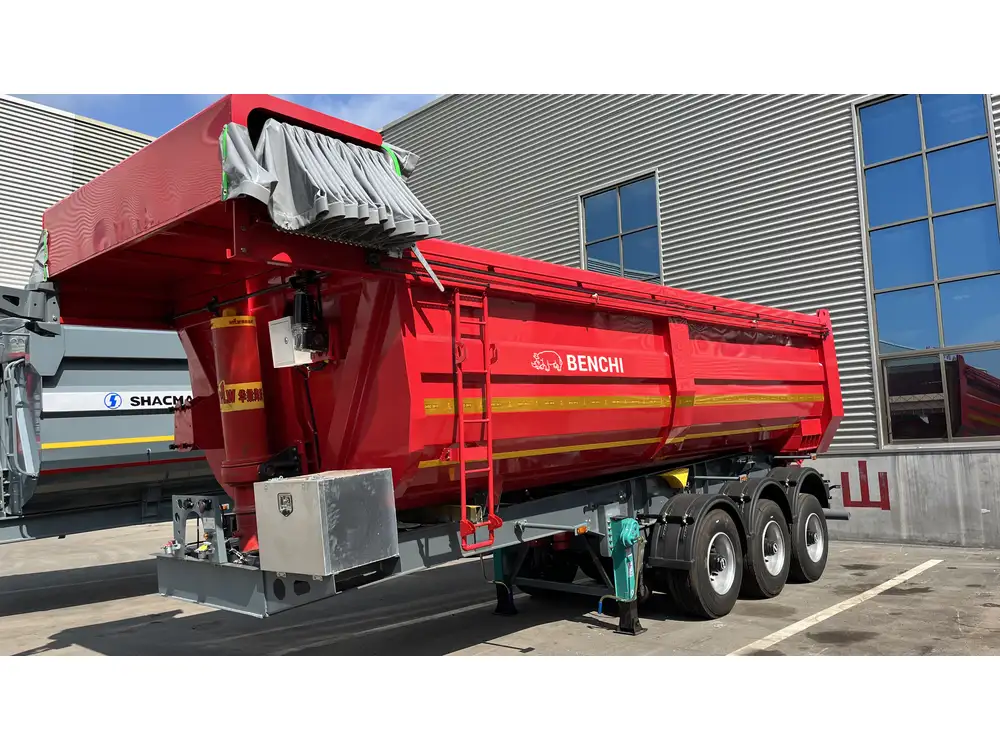
Practical Considerations for Loads
Maximizing Load Efficiency
To optimize the use of an end dump trailer, consider the following:
- Uneven Terrain: When hauling materials over rough terrain, avoid maximum capacity to prevent tipping or structural damage.
- Material Segregation: If hauling multiple types of materials, use dividers to prevent mixing, which can affect loading and unloading processes.
Weight Distribution
Proper weight distribution is crucial. An unbalanced load can lead to difficulties during transport and may cause accidents.
- Always ensure that heavy materials are evenly distributed across the trailer.
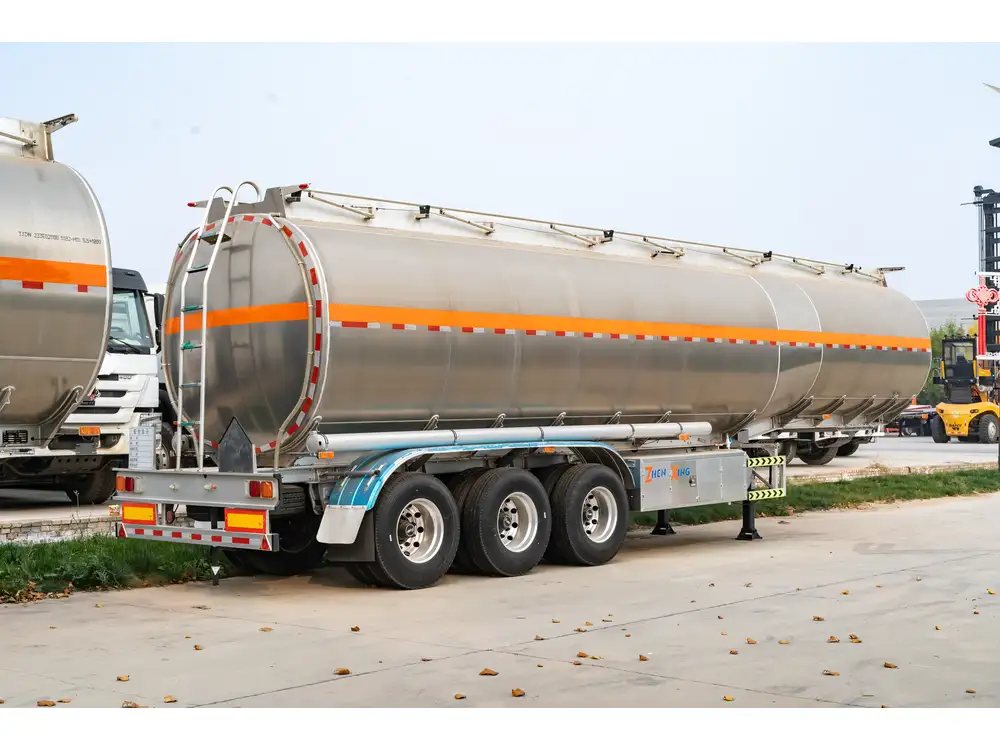
Safety Regulations
- Check Weight Limits: Familiarize yourself with both federal and state weight regulations before loading. Excess weight can result in fines and accidents.
Comparative Assessment of End Dump Trailers
Different Types of Trailers
Various trailer designs serve specific functions:
| Trailer Type | Description | Typical Capacity |
|---|---|---|
| End Dump | Raises the front to dump contents at the rear. | 15 to 35 tons |
| Side Dump | Dumps material to either side. | 15 to 30 tons |
| Bottom Dump | Unloads from the bottom, requiring a stable surface. | 20 to 35 tons |
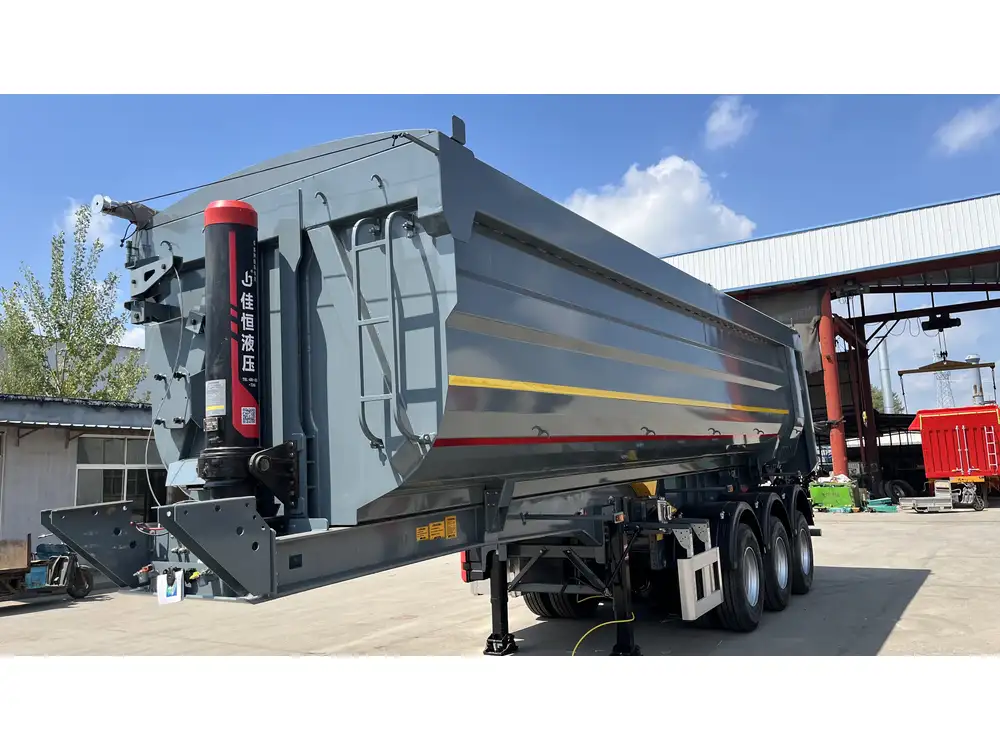
Choosing the Right End Dump Trailer
When selecting an end dump trailer, consider:
- Desired Capacity: Match the trailer to your usual loads.
- Durability: Opt for high-quality material to withstand heavy use.
- Hydraulic System Quality: A robust hydraulic system will ensure smooth and efficient dumping.
Maintenance Tips for End Dump Trailers
To ensure longevity and maintain performance, regular maintenance is paramount:
- Regular Inspections: Check for signs of wear and tear on both the trailer and hydraulic systems.
- Lubrication: Keep hydraulic components well-lubricated to prevent rust and ensure smooth operation.
- Tire Maintenance: Regularly check tire pressure and tread depth to prevent blowouts.
Conclusion
Understanding how many tons an end dump trailer can hold is imperative for maximizing operational efficiency while staying compliant with regulations. By recognizing the various elements affecting load capacity, users can make informed decisions that enhance safety, reduce costs, and optimize workflow.
Investing time in routine maintenance and choosing the right specifications for your specific hauling needs will not only ensure longevity but also improve profitability in the long run. Whether you’re transporting asphalt, aggregates, or even light materials, knowing your trailer’s capacity and operational limits is the key to successful load management.
For more detailed guidance on trailer specifications, application, and buying tips, consult with industry experts to find a solution tailored to your unique operational challenges.
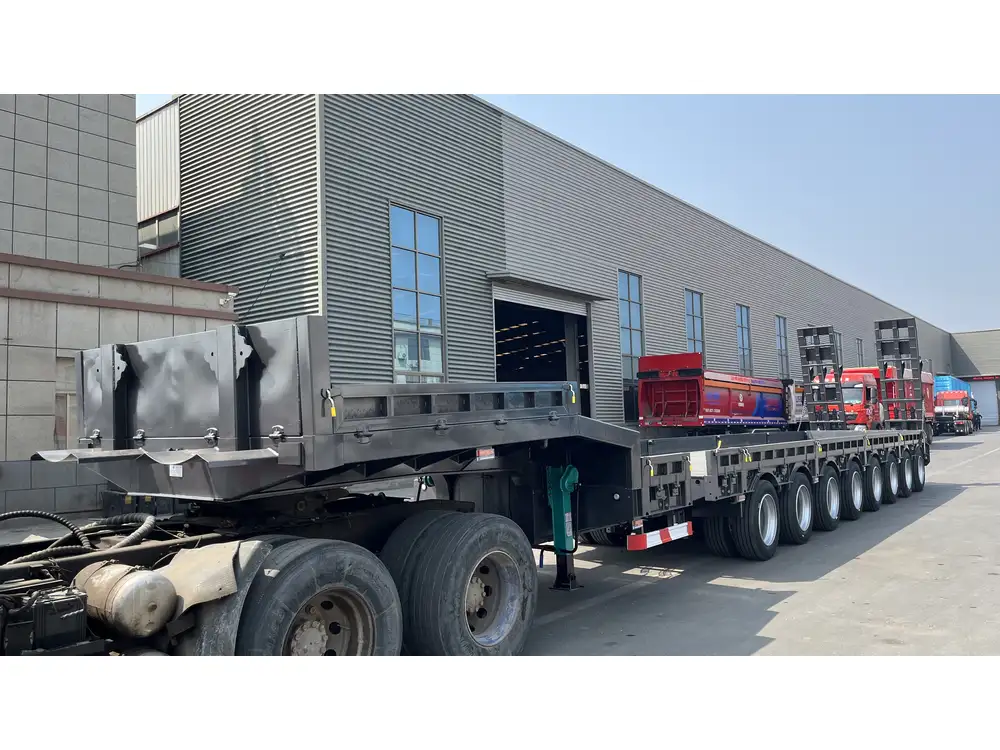
Frequently Asked Questions (FAQs)
What is the average lifespan of an end dump trailer?
- With proper maintenance, end dump trailers can last 10 to 15 years or longer.
Can end dump trailers be used for all types of materials?
- While they are versatile, some materials, such as heavy soils, may require specialized trailers.
What is the ideal hydraulic system pressure for dumping?
- Typically, most systems operate effectively at around 2,000 psi.
Are there weight restrictions for end dump trailers in different states?
- Yes, weight limits can vary widely; always check local regulations.
This guide equips you with the fundamental knowledge to maximize the potential of your end dump trailer, ensuring safe and effective hauling practices.



